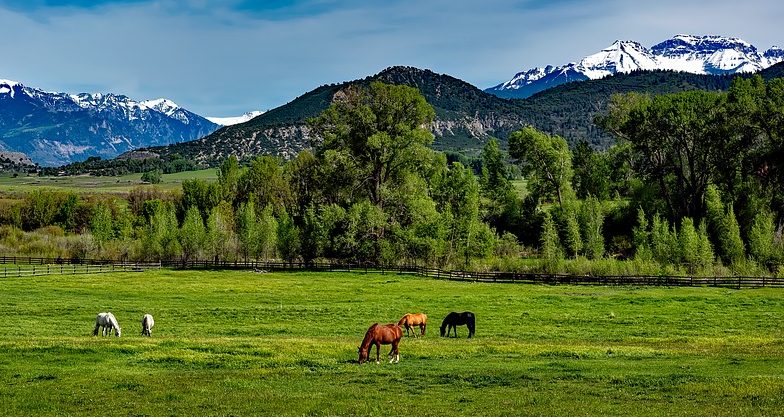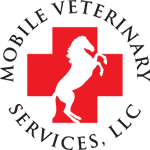 ***This blog was originally written in January of 2020, and as of today, March 24th, 2020, times have changed significantly. With Covid-19 causing the issues that it is, we feel it necessary to add the following statement. Governor Polis on 3/20/2020, in Colorado...
***This blog was originally written in January of 2020, and as of today, March 24th, 2020, times have changed significantly. With Covid-19 causing the issues that it is, we feel it necessary to add the following statement. Governor Polis on 3/20/2020, in Colorado...
 As we all hunker down for a few weeks of self-quarantine and social distancing, we want to alleviate any concerns our clients may have as it pertains to the potential transmission of coronavirus between horses and people. While equine and bovine coronavirus has...
As we all hunker down for a few weeks of self-quarantine and social distancing, we want to alleviate any concerns our clients may have as it pertains to the potential transmission of coronavirus between horses and people. While equine and bovine coronavirus has...
 With the variety of different feed and supplement choices available, it can be overwhelming to make decisions regarding your horse’s diet. It is important to remember that horses are grazing animals, designed to spend much of their day eating forage. Forage (grass...
With the variety of different feed and supplement choices available, it can be overwhelming to make decisions regarding your horse’s diet. It is important to remember that horses are grazing animals, designed to spend much of their day eating forage. Forage (grass...






